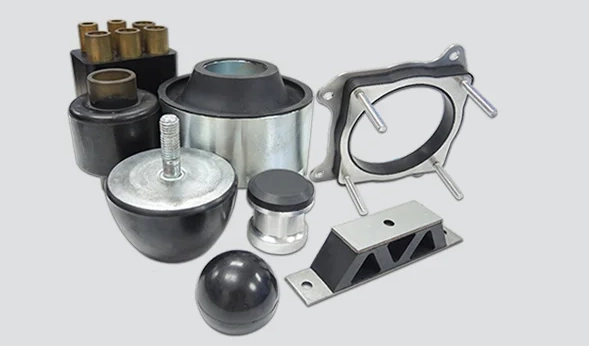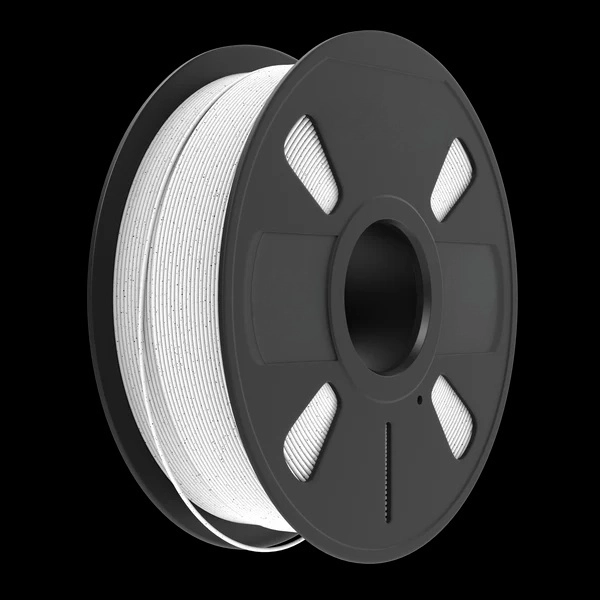In today's world, where environmental concerns are at the forefront, the need for eco-friendly packaging has become increasingly important. As the demand for sustainable practices continues to rise, the food industry has recognized the significance of adopting eco-friendly packaging solutions. In this blog post, we will delve into the concept of eco-friendly packaging for food, exploring its benefits, various materials used, and innovative approaches that align with Google's search engine algorithm.
- Understanding Eco-Friendly Packaging:
Eco-friendly packaging for food refers to the use of sustainable materials and practices that minimize environmental impact throughout the packaging lifecycle. It aims to reduce waste, conserve resources, and promote a circular economy. By opting for eco-friendly packaging, businesses can contribute to a greener future while meeting consumer demands for sustainable products. - Benefits of Eco-Friendly Packaging for Food:
2.1 Environmental Impact Reduction:
Eco-friendly packaging minimizes the use of non-renewable resources, reduces greenhouse gas emissions, and lowers energy consumption. It also helps combat pollution and waste by promoting recycling and composting.
2.2 Brand Reputation and Consumer Appeal:
Adopting eco-friendly packaging enhances a brand's reputation as a responsible and environmentally conscious entity. Consumers are increasingly drawn to products that align with their values, leading to increased loyalty and market share.
2.3 Cost Savings:
While the initial investment in eco-friendly packaging may be higher, businesses can achieve long-term cost savings through reduced material usage, waste disposal fees, and potential tax incentives. Additionally, streamlined packaging processes can improve operational efficiency.
- Materials Used in Eco-Friendly Packaging:
3.1 Biodegradable Materials:
Biodegradable packaging materials, such as compostable plastics, plant-based films, and natural fibers, break down into harmless substances when exposed to natural conditions. These materials offer a sustainable alternative to traditional plastics, reducing the environmental impact.
3.2 Recycled and Recyclable Materials:
Using recycled materials, such as paper, cardboard, and glass, reduces the demand for virgin resources and minimizes waste. Additionally, designing packaging that is easily recyclable ensures proper disposal and promotes a circular economy.
3.3 Innovative Materials:
Cutting-edge technologies have led to the development of innovative materials like edible packaging, made from natural ingredients that are safe for consumption. These materials eliminate waste entirely and provide a unique and sustainable packaging solution.
- Innovative Approaches to Eco-Friendly Packaging:
4.1 Minimalist Design:
Adopting minimalist packaging designs reduces material usage and waste. Streamlined packaging not only enhances the product's visual appeal but also reduces transportation costs and carbon emissions.
4.2 Smart Packaging:
Integrating technology into packaging, such as intelligent sensors and indicators, can help monitor food freshness, reducing food waste. Smart packaging also provides consumers with valuable information, enhancing their overall experience.
4.3 Collaborative Efforts:
Collaboration among stakeholders, including manufacturers, retailers, and consumers, is crucial for the success of eco-friendly packaging initiatives. By working together, the industry can drive innovation, share best practices, and create a more sustainable future.
Conclusion:
Eco-friendly packaging for food is a vital component of sustainable practices in the food industry. By adopting eco-friendly packaging solutions, businesses can reduce their environmental impact, enhance brand reputation, and achieve long-term cost savings. With a wide range of materials and innovative approaches available, the possibilities for creating sustainable packaging are endless. Embracing these practices not only benefits businesses but also contributes to a greener and more sustainable future for all.


